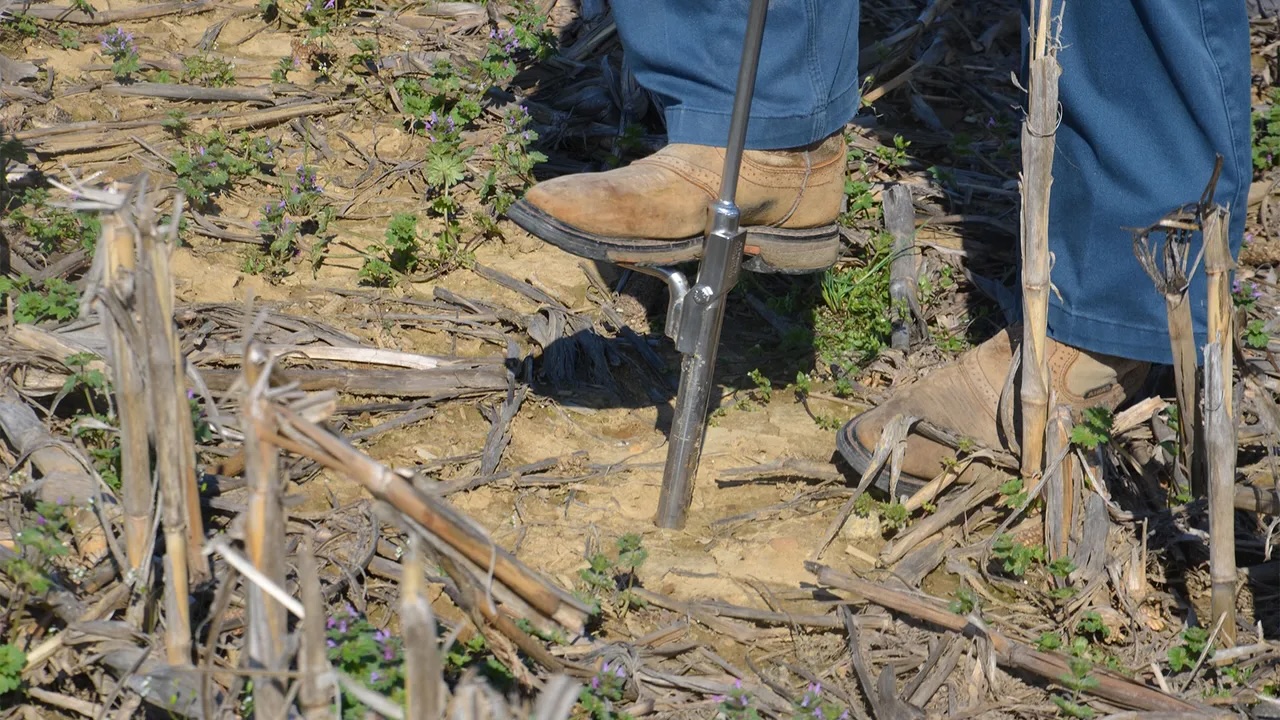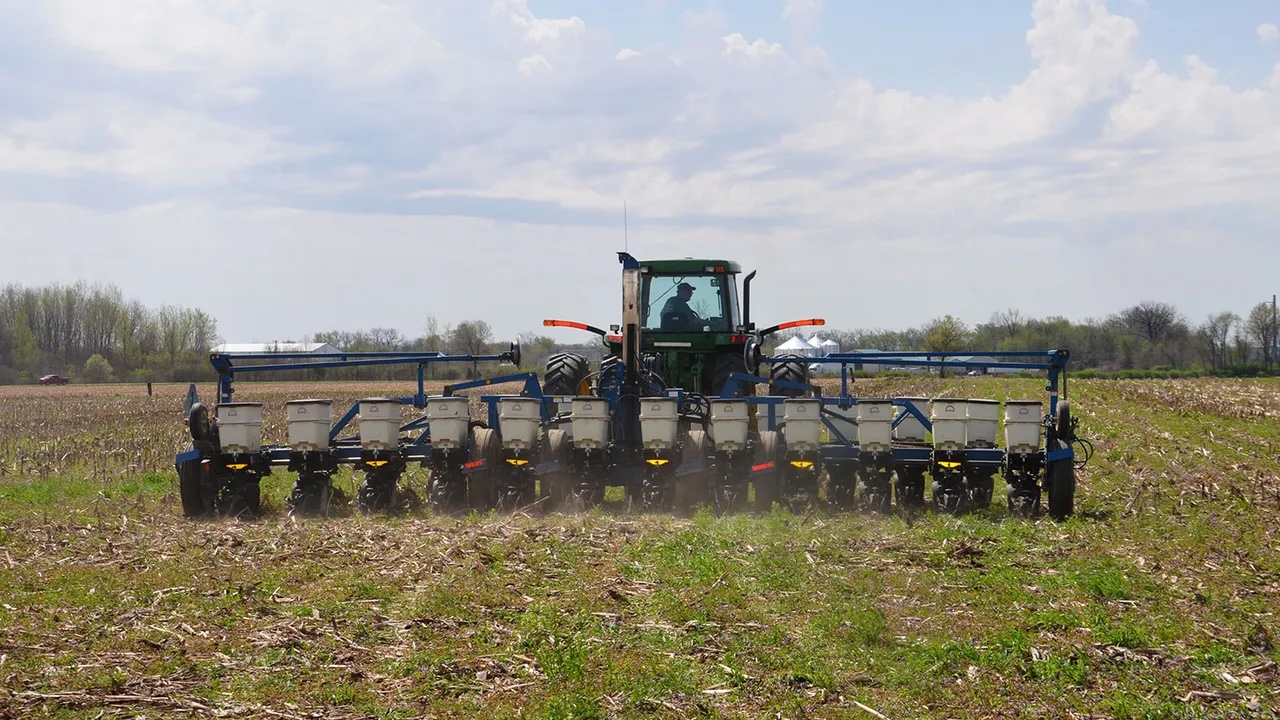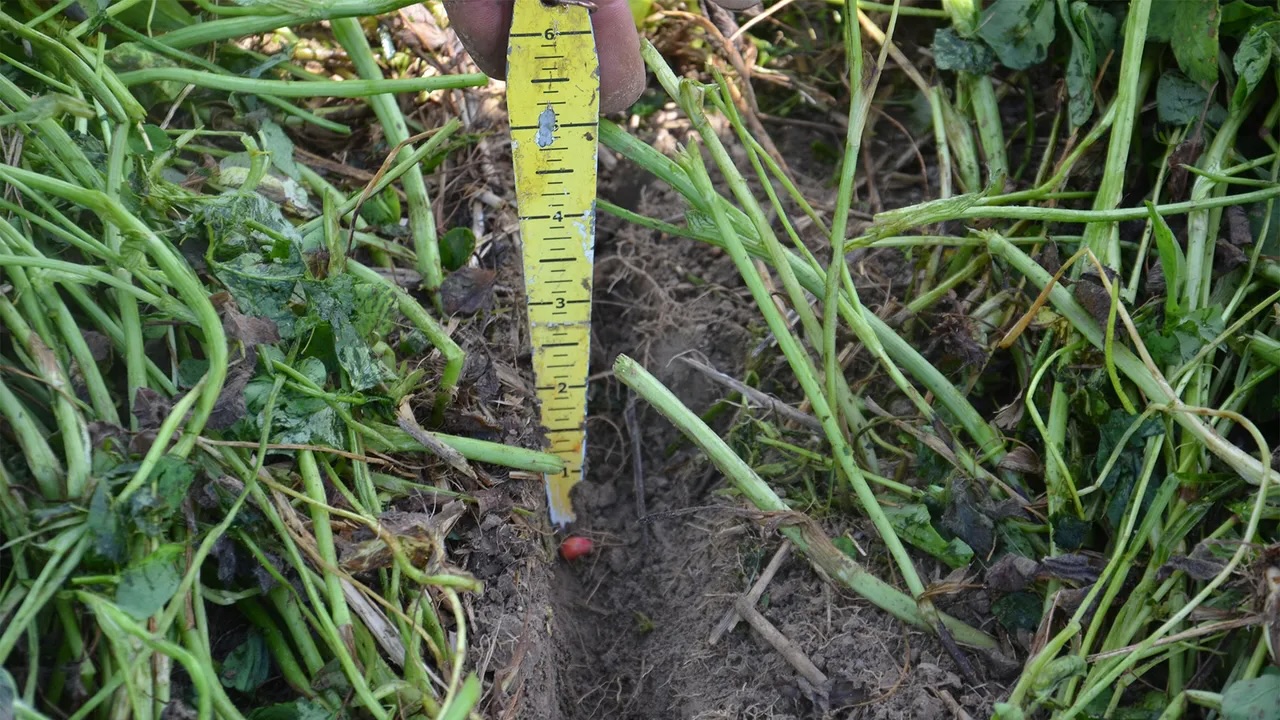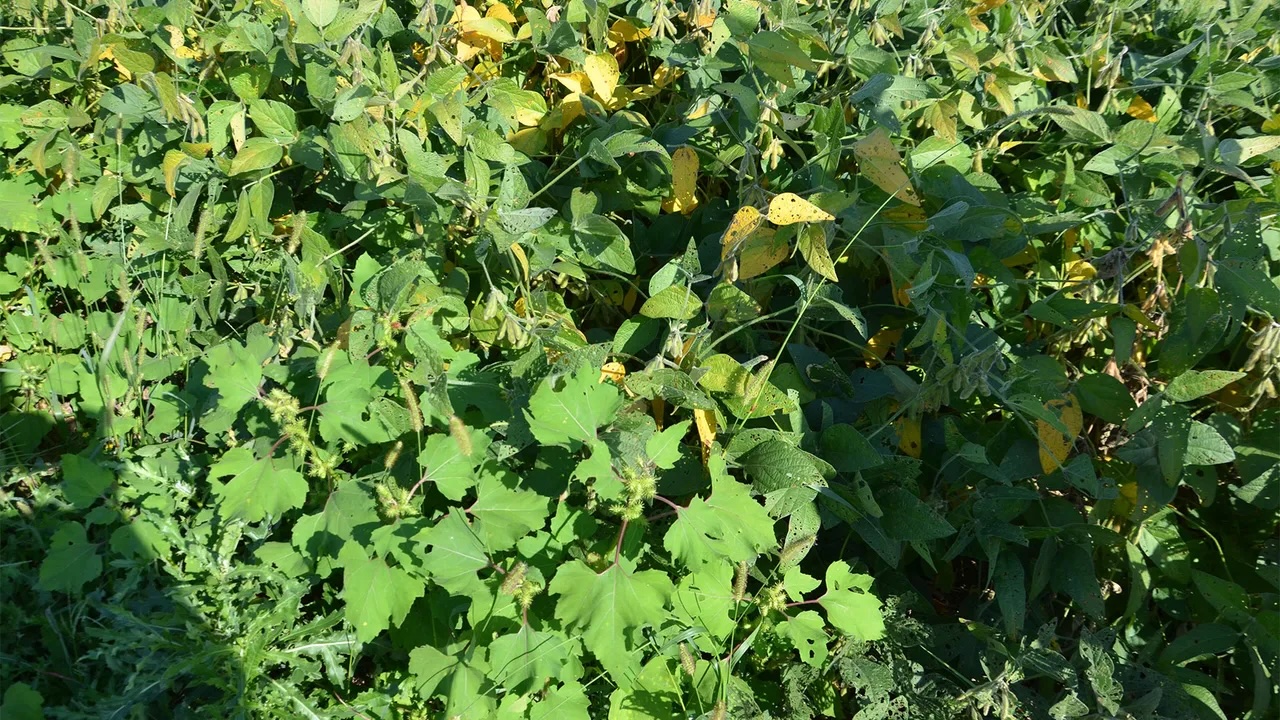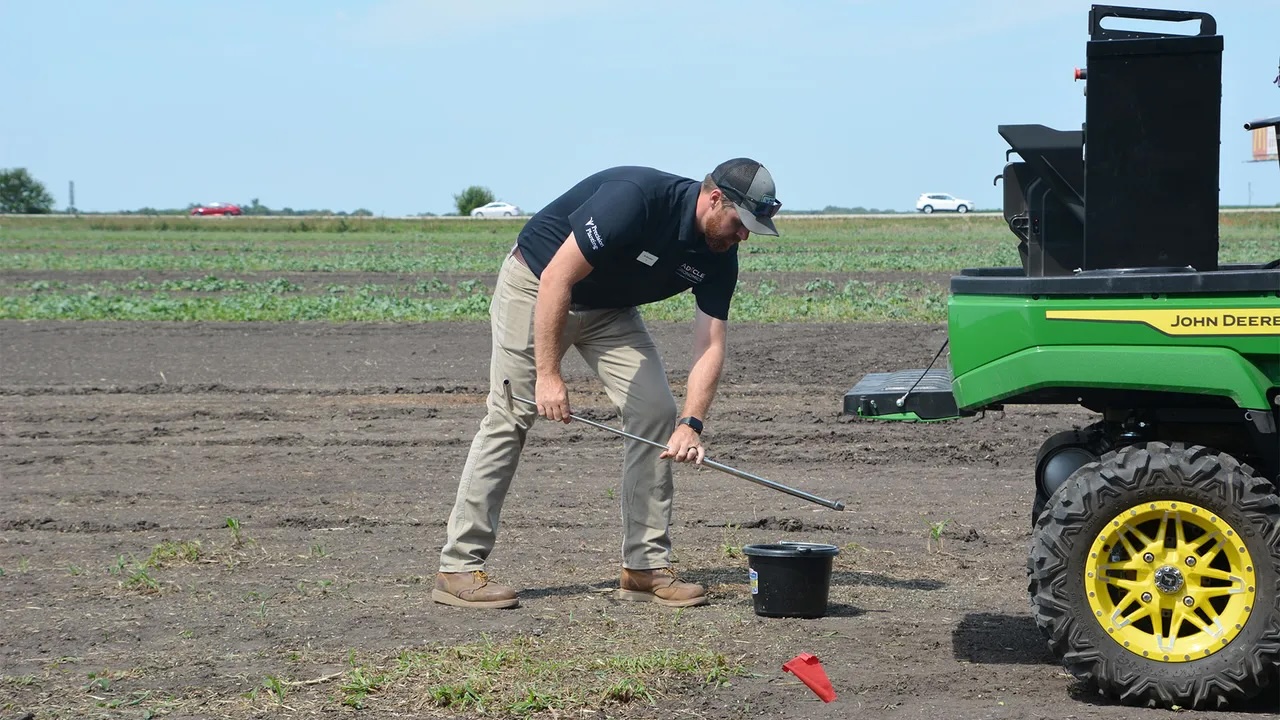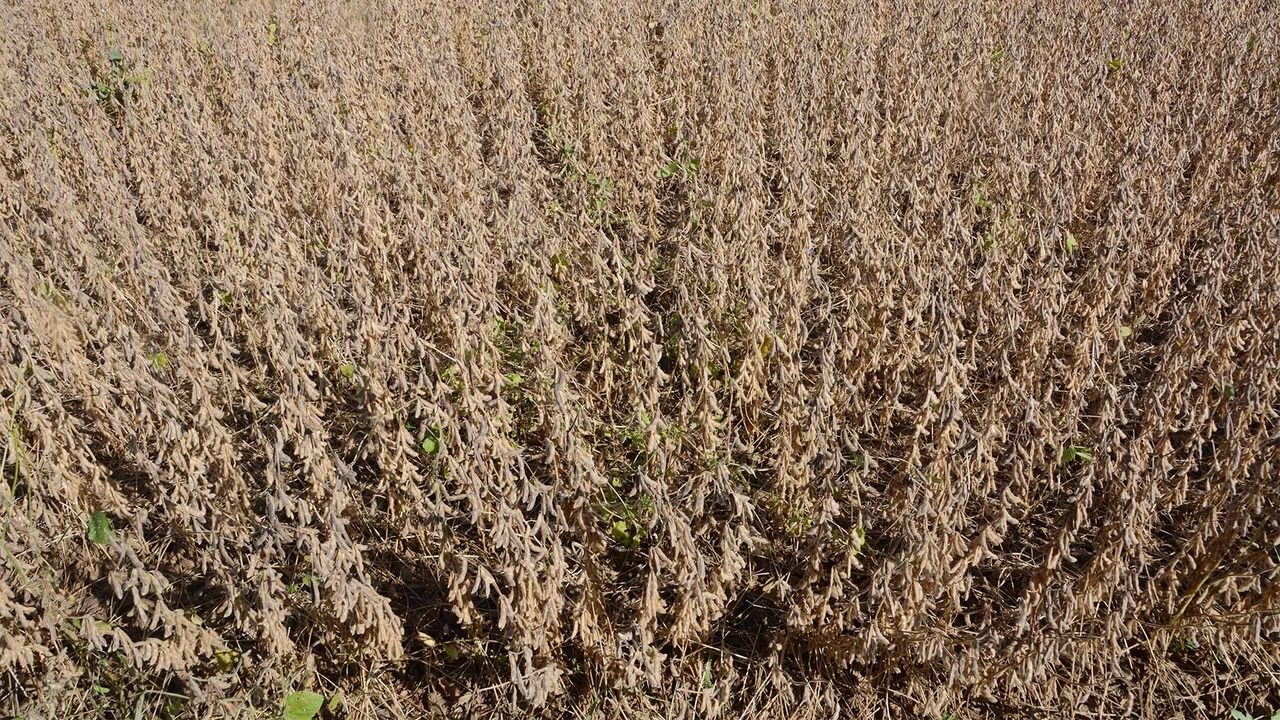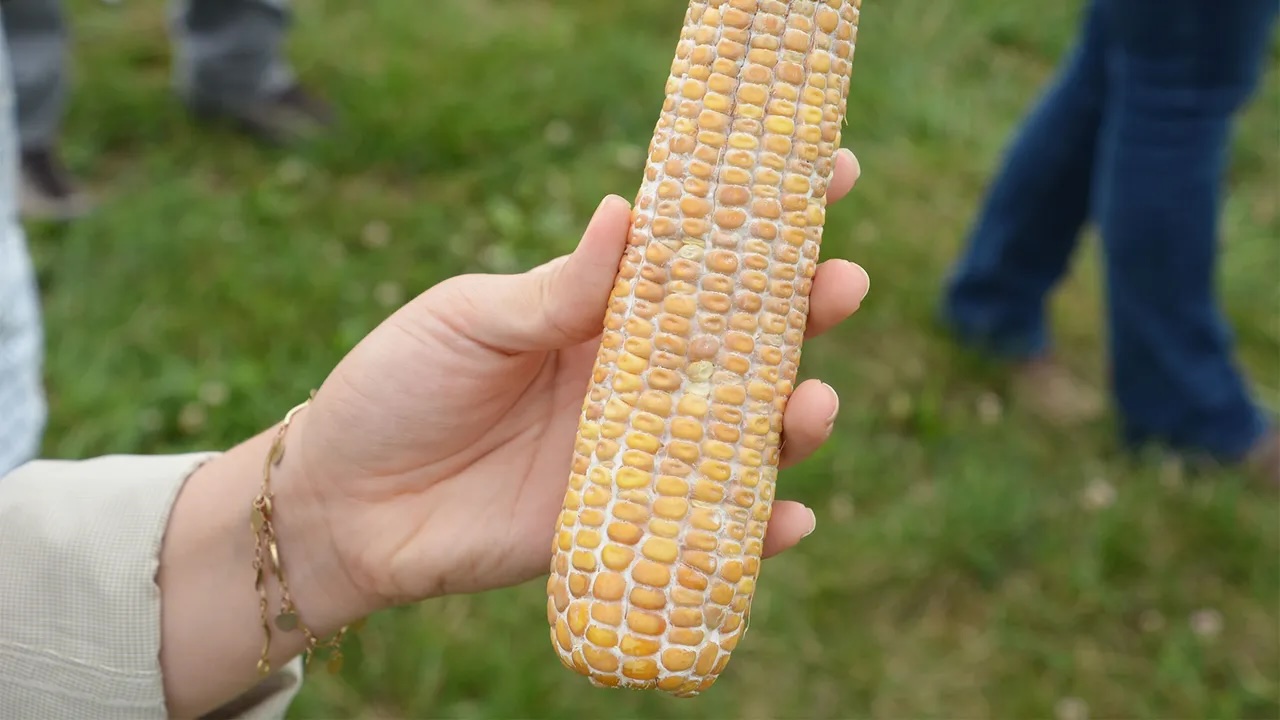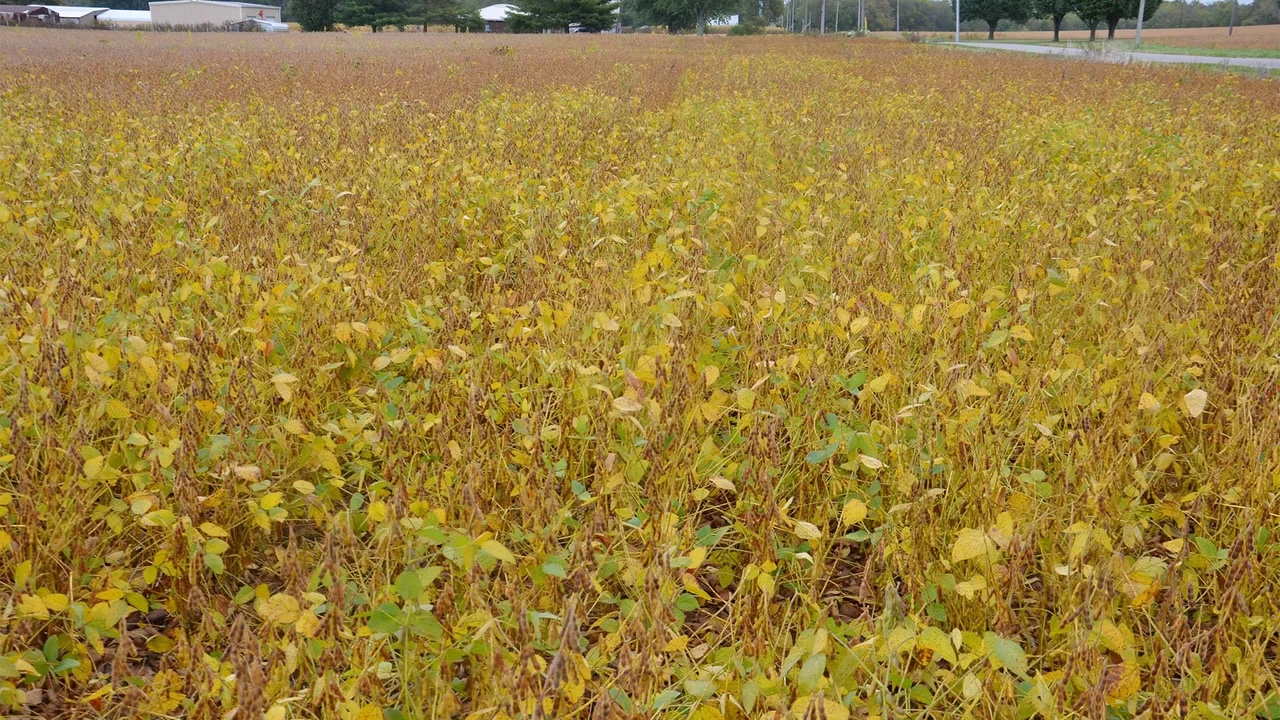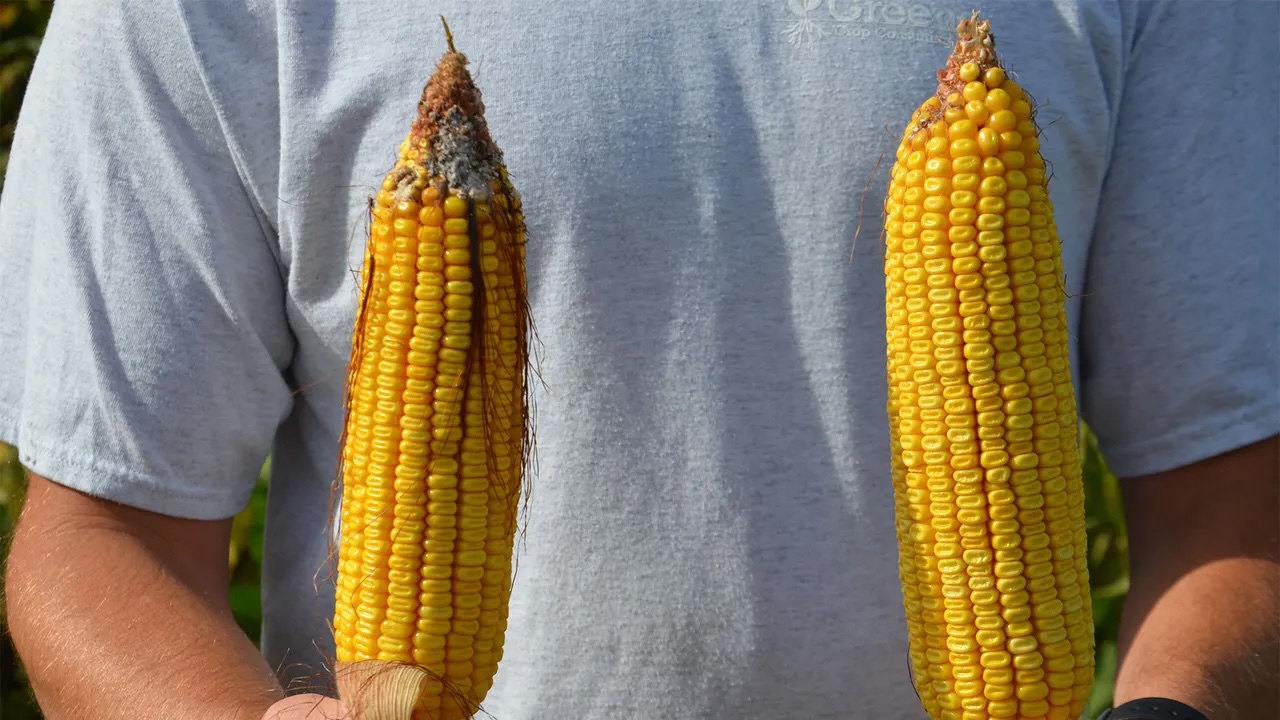Assess soybean fertilizer needs before booking
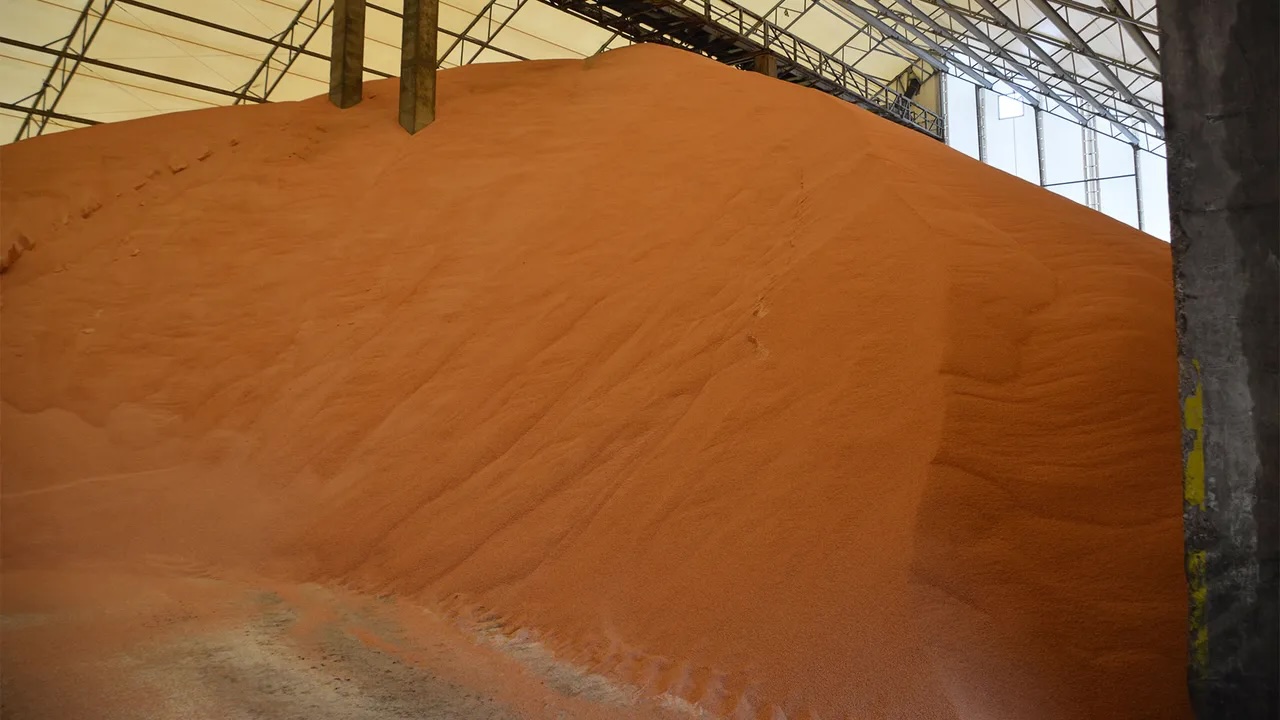
Answers are from the Indiana certified crop adviser panel: Danny Greene, Greene Crop Consulting, Franklin; Bryan Overstreet, soil conservation coordinator, Rensselaer; and Dan Ritter, Dairyland Seed agronomist, Plymouth.
Should I be booking fertilizer right now for next year’s soybean acres? I’m debating if I need to secure prices now or if they might drop heading into the new year if tariff issues are resolved. Or should I simply cut down my fertilizer inputs to save money?
Greene: Before worrying about booking, do you need fertilizer? Base your decision on recent soil tests, yield potential and economic return. Evaluate each field — drill down to each production zone — for phosphorus and potassium needs and potential return.
Soybeans primarily require phosphorus and potassium. About 80% of the country’s potassium comes from Canada and 80% of the phosphorus is found in domestic resources. While tariffs and geopolitical issues may affect prices, especially for phosphorus containing nitrogen, the biggest profit driver is applying nutrients only where they’re needed. Booking early can reduce supply risk, but it’s not a guarantee of the lowest price.
Overstreet: If you are concerned about the price increase and you have enough capital to prepay this early, get some fertilizer on the books. If prices go down, work with your dealer to get the best price. Historically, prices are generally cheaper in the fall than they are in the spring, even without the tariff situation.
Before cutting fertilizer rates, look at soil test results and historical yields. If you have high enough soil test results to support yields with lower rates, you can lower them. If your soil levels are not high enough going into the season, you could be cutting your yield potential, which could cost you more than reducing your fertilizer bill.
Ritter: Start by talking with your trusted ag supplier to gain some insight on market trends. Then, check with other industry folks who may have a “crystal ball” as to what market conditions may look like. Get as many sources of information as you can.
It may not hurt to have some supply booked. If your soil tests show you need fertilizer, invest in fertilizer. Remember, there is no guarantee that some other issue may arise next year, and now you have twice the soil fertility to make up for in one year. If you have excellent nutrient levels and don’t need to add fertilizer, then you have some flexibility to hold off a year.
Some growers choose to book part of their needs early to lock in a portion of their costs while keeping the rest open in case prices drop. This approach can help manage risk while avoiding big surprises.


